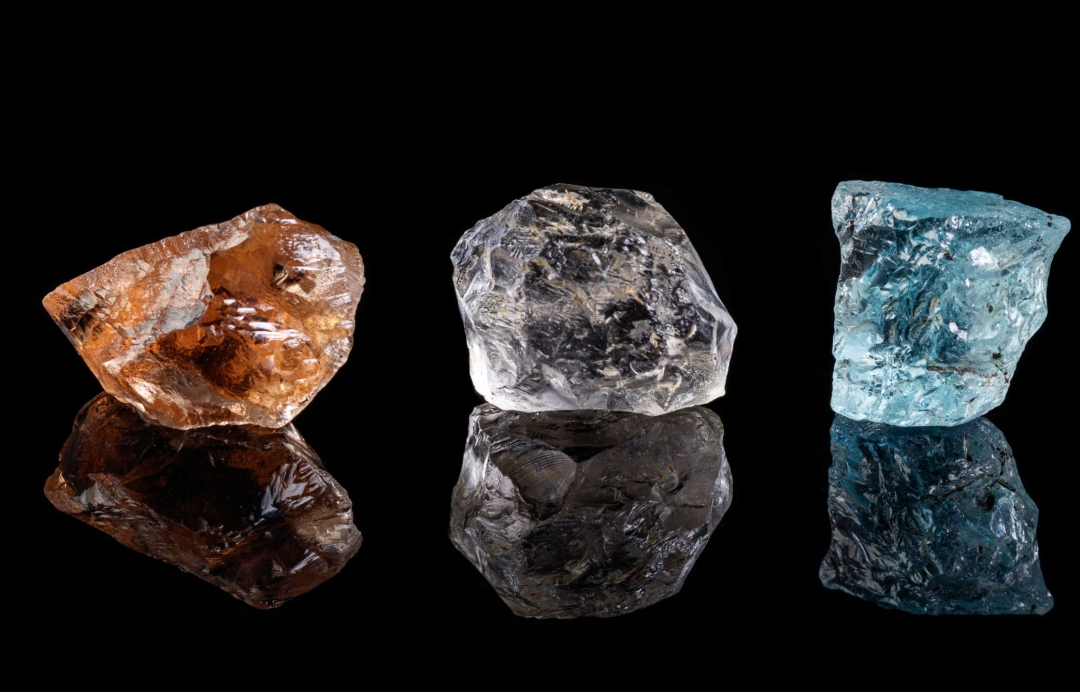
Diamonds became increasingly sought after for their rarity and beauty. In the 15th century, the diamond mines of India’s Golconda region produced some of the world’s most valuable stones, which were traded across the globe.

Rough diamonds are uncut and unpolished gems that are extracted from diamond mines or the earth’s crust. They come in various shapes, sizes, and colors and are valued for their rarity and beauty. Rough diamonds are formed deep within the earth’s mantle under extreme pressure and heat, and are brought to the surface through volcanic eruptions or erosion.
The value of rough diamonds is determined by the 4Cs: carat weight, color, clarity, and cut. The carat weight refers to the size of the diamond, with larger diamonds being more valuable. Color refers to the natural hue of the diamond, with colorless diamonds being the most valuable. Clarity refers to the presence of inclusions or blemishes within the diamond, with flawless diamonds being the most valuable. Cut refers to the proportions, symmetry, and polish of the diamond, with well-cut diamonds being the most valuable.
Rough diamonds must go through a series of steps to become polished diamonds. This process involves planning, cleaving, bruting, faceting, and polishing. Each step requires specialized tools and expertise to ensure that the diamond is cut and polished to perfection.
Rough diamonds are used in a variety of settings, including jewelry, industrial tools, and scientific research. They are also an important part of the global diamond trade, which is centered in countries such as Russia, Botswana, Canada, Angola and Australia.
In summary, rough diamonds are uncut and unpolished gems that are valued for their rarity and beauty. They are formed deep within the earth’s mantle under extreme pressure and heat, and must go through a series of steps to become polished diamonds. The value of rough diamonds is determined by the 4Cs, and they are used in a variety of settings and industries.
Diamonds became increasingly sought after for their rarity and beauty. In the 15th century, the diamond mines of India’s Golconda region produced some of the world’s most valuable stones, which were traded across the globe.
With its commitment to quality, expertise, and personalized service, Audiam offers investors a reliable and profitable investment option in the exciting world of diamonds and precious metals.
In summary, the diamond cutter’s craft is a highly specialized skill that involves the art and science of transforming rough diamonds into polished gems of the highest quality.